Spring on my food-forest-in-the-making in Texas...
We have been planting perennials on our 1.3 acre land for 7 years, and actively learning about food forests and permaculture since 2015.
We have over 100 perennial plants growing so far, and this Spring we are working on getting the herbaceous layers of our guilds in place.
We focused on buying trees and shrubs first instead of building and planting one guild at a time...
...because my husband worked at a local nursery, and he was able to take advantage of a wholesale discount for the pricier things.
Perhaps our trees have struggled more this way, but doing this whole concept as money-free as possible was pretty important.
It's always that balance of.....how much do you spend to save yourself time, extra maintenance, and exhausting effort? Versus how much can you spare out of an already-stretched budget and/or a varying set of income streams.
I may have more time and energy than money one week, and more energy and money but not enough time the next.
It's the usual dance.
...BUT...
On to the PHOTOS!
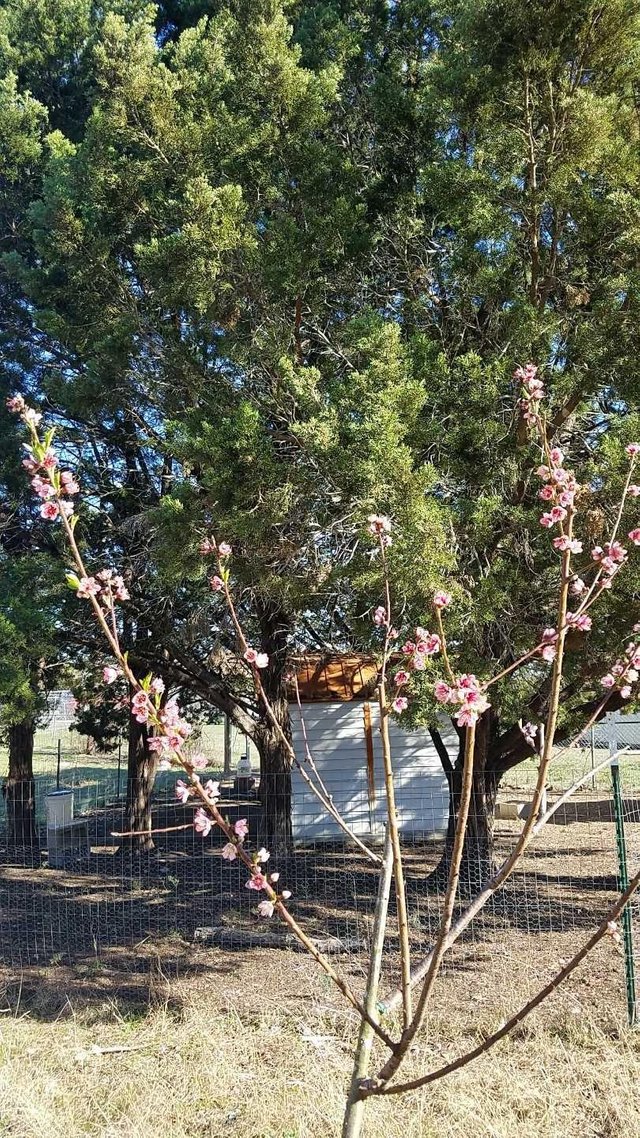
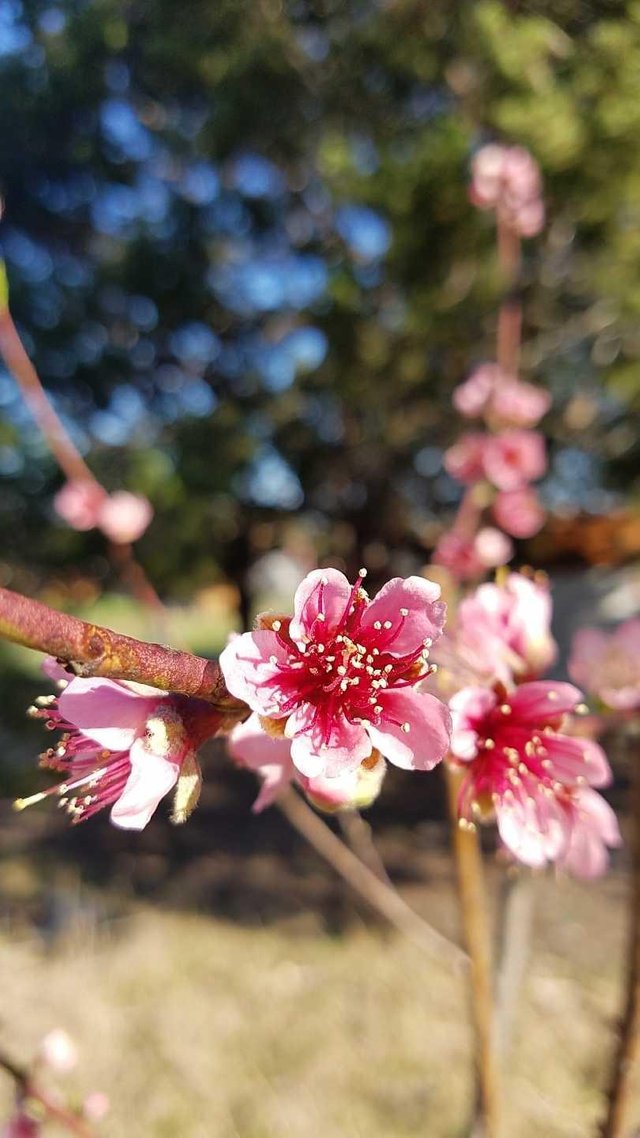
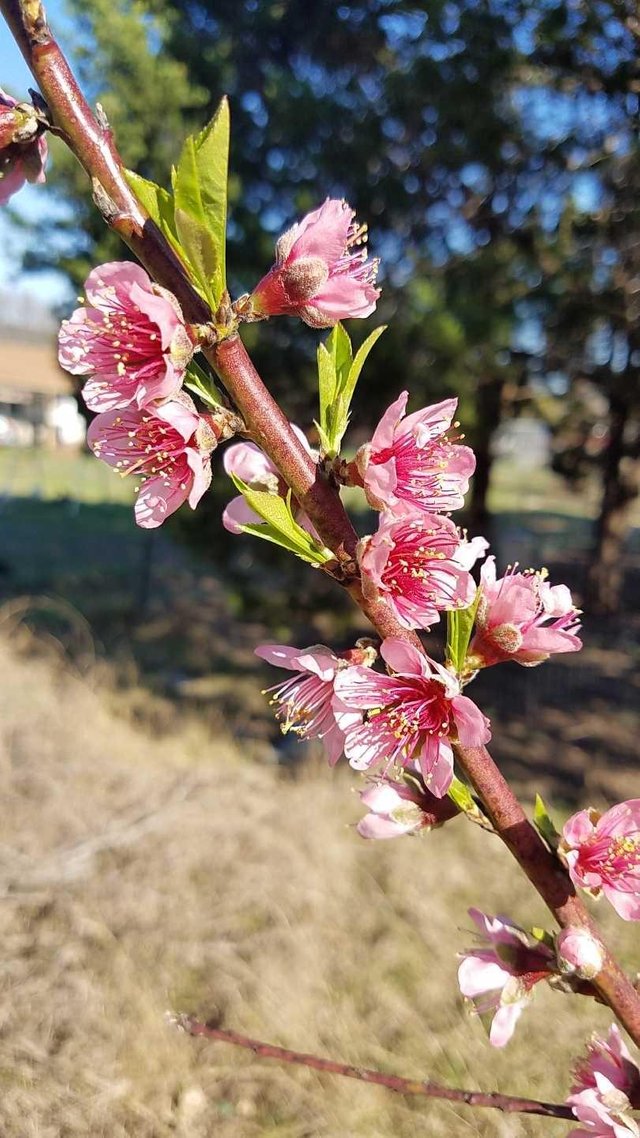
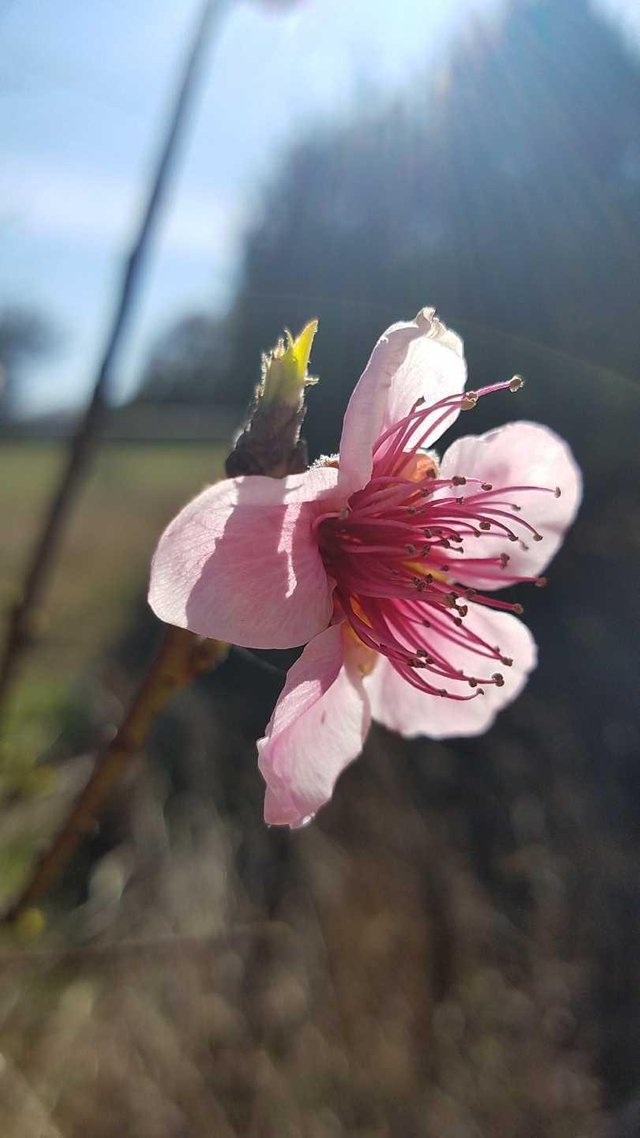
We pruned our 8 peach trees too late in the season, so they are just flowering now.. But our little nectarine is a riot of bloom right now.
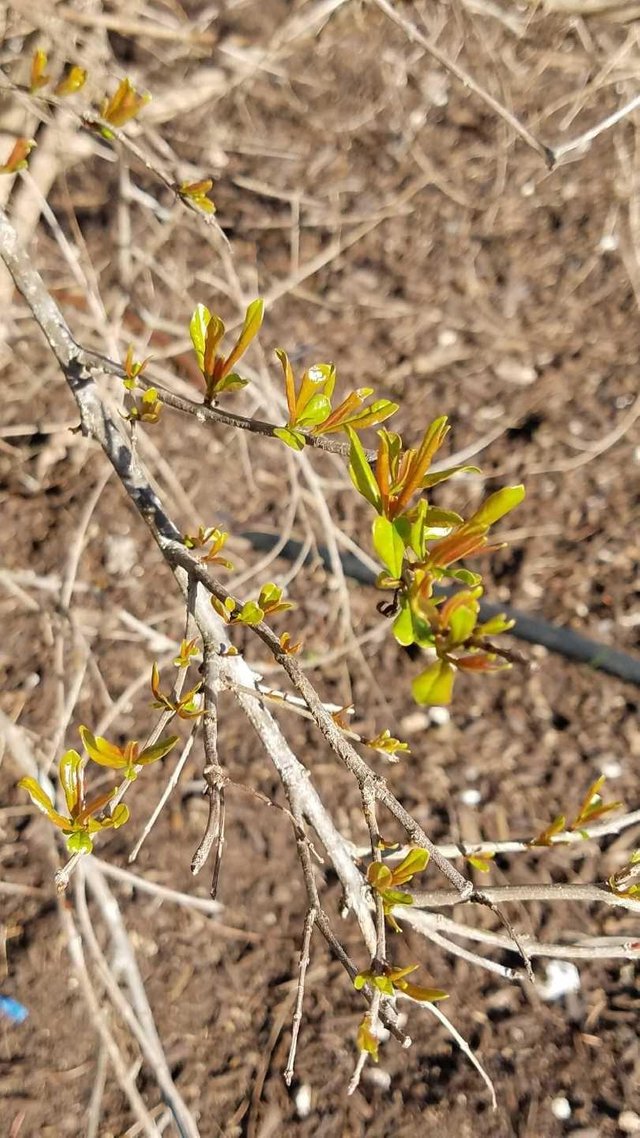
I'm really excited about this! Our pomegranate is 7 yrs old, the first thing we planted out here.
We've never gotten fruit tho, because it would always die back to the ground and miss the time for flowering. We'd think it was dead as a doornail, but when we'd fiiiinally go to pull up the dead sticks in early June, we'd see it coming back again!
This baffled us for awhile, because pomegranate is a zone 7-10 plant, and we are in 8a.
Permaculture helped us understand the flow of cold and wind through our property, and we realized we'd planted it on the north side in a wind corridor with no protection! Go figure.
So since fall of 2015 we've been mulching it HEAVILY, with the help of our chickens to work the soil around it....and last year it came back in April and we saw two flowers!
The chickens ate them, though...!
THIS YEAR, however, I bet we get fruit in the fall. The thing is 10 feet tall, and even the top-most branches already have leaves--and it's only mid-MARCH.
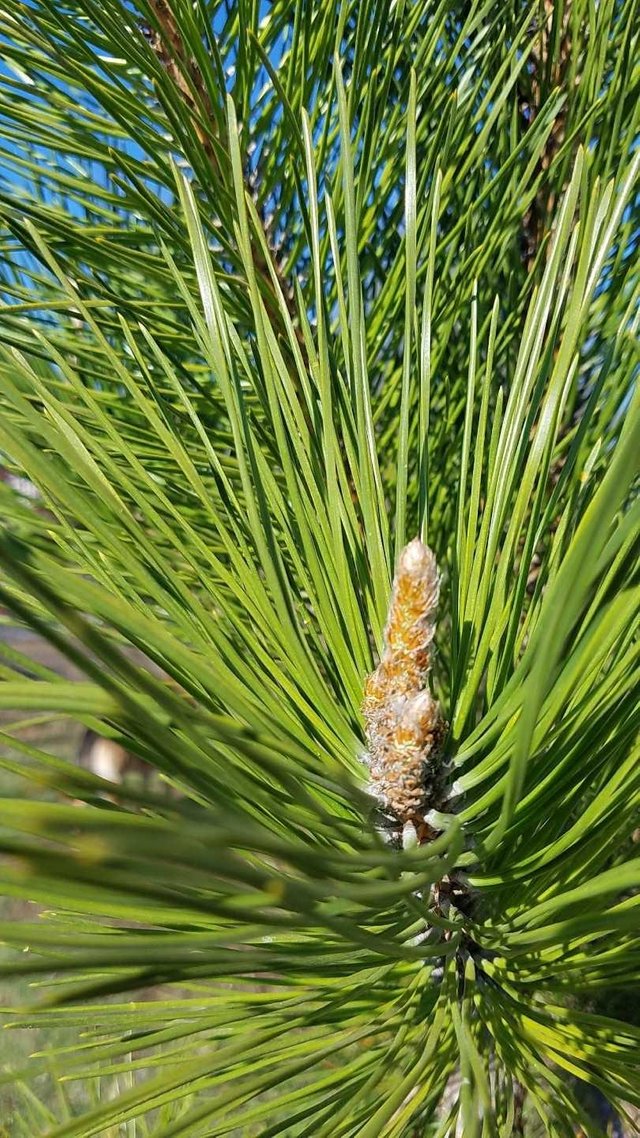
Japanese Black Pine has doubled in size since last year. It will be fun to decorate with edible garland for the chickens in winter.
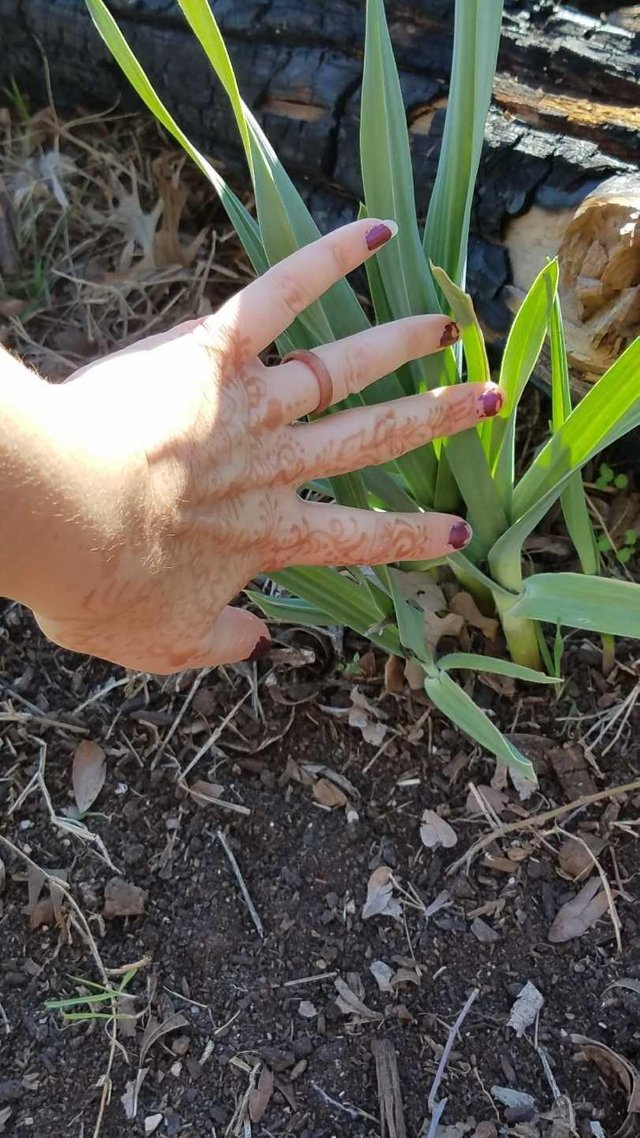
Perennial leeks survived a whole texas summer and winter! No watering, just very deep mulching.
They were grown from seed in our peach tree area. It's the part of the yard that's most similar to a food forest already, with guilds-in-the-making.
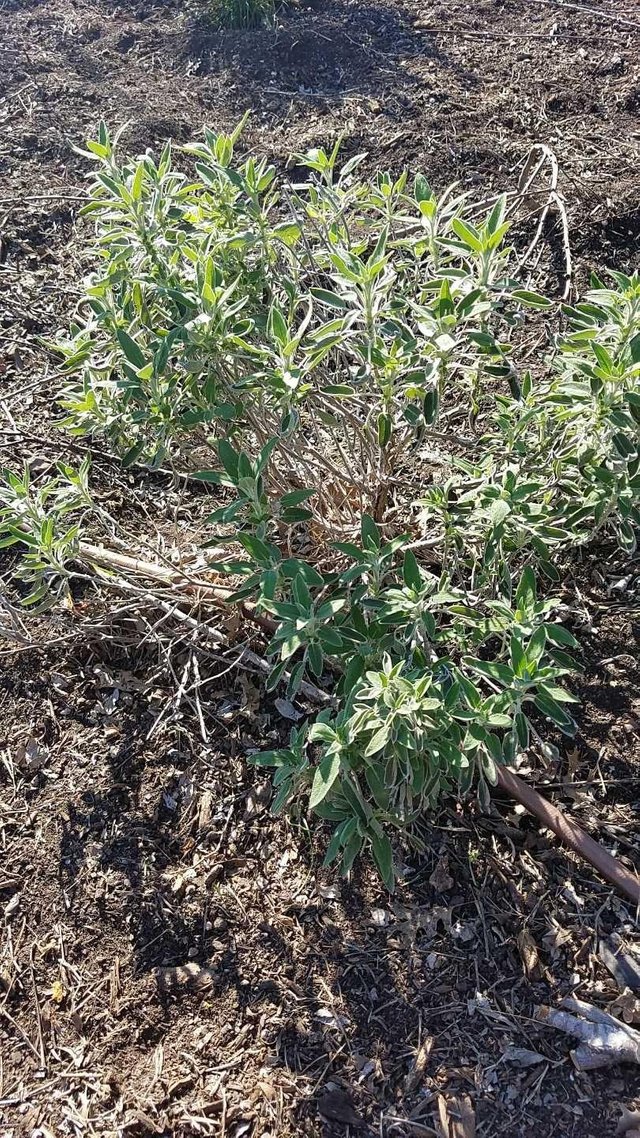
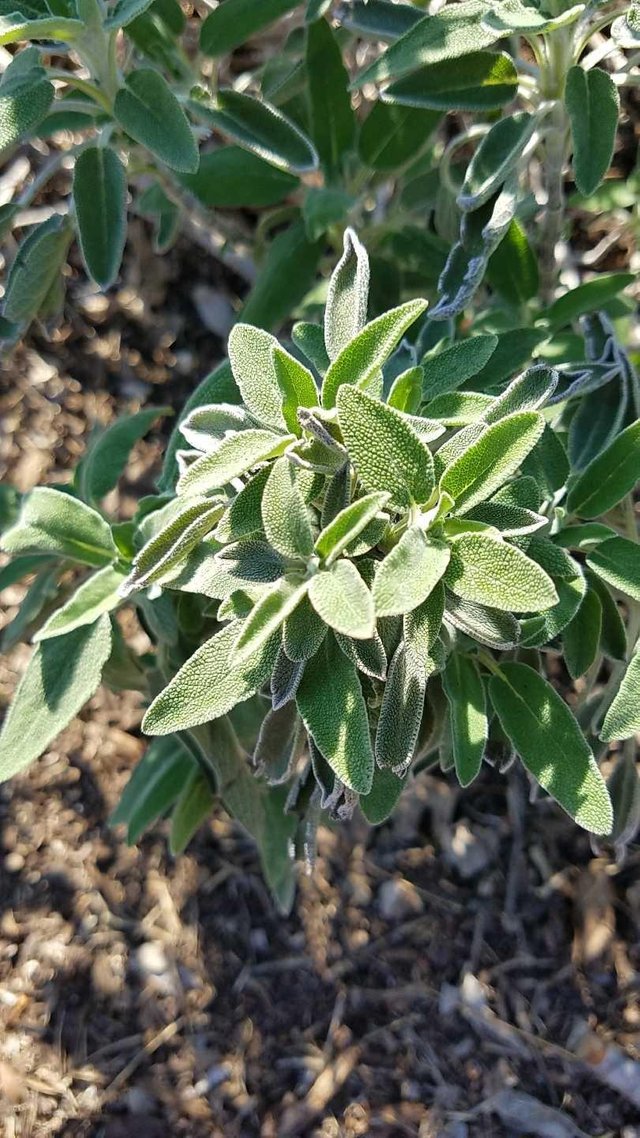
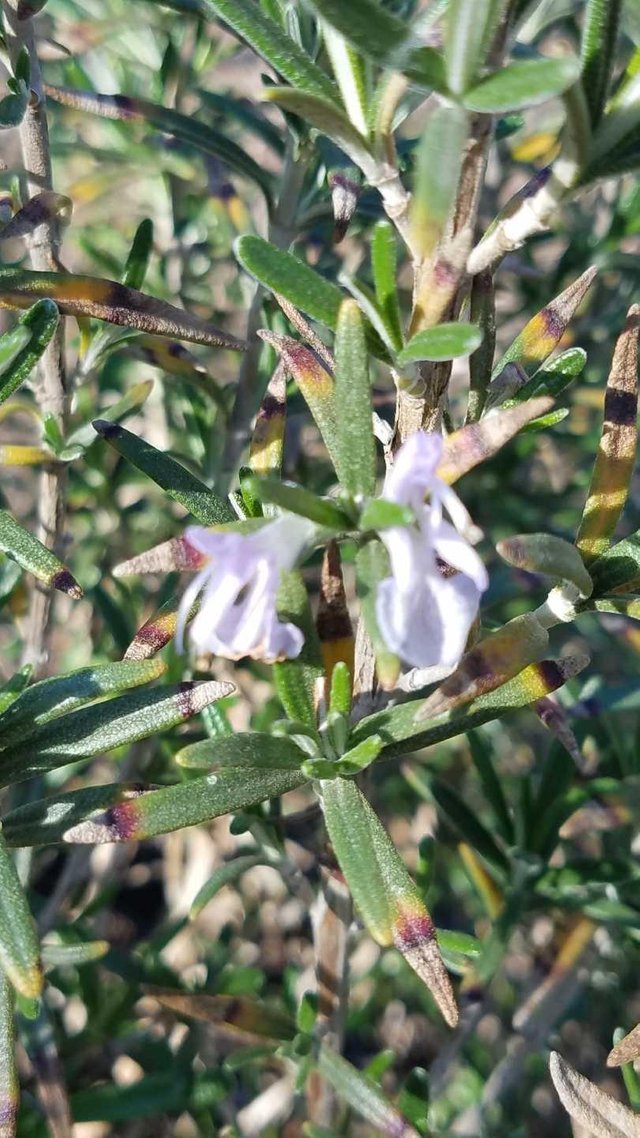
Sage and rosemary are established, I don't water these at all either anymore.
There's also two dwarf Barbados cherries, a pecan and a burr oak in this area.
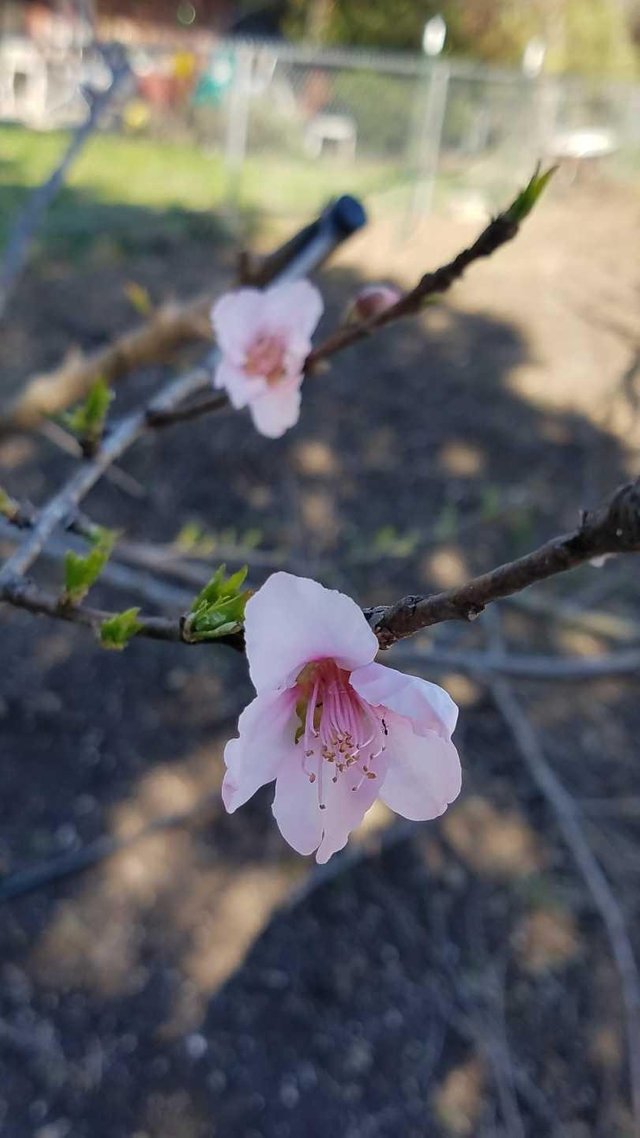
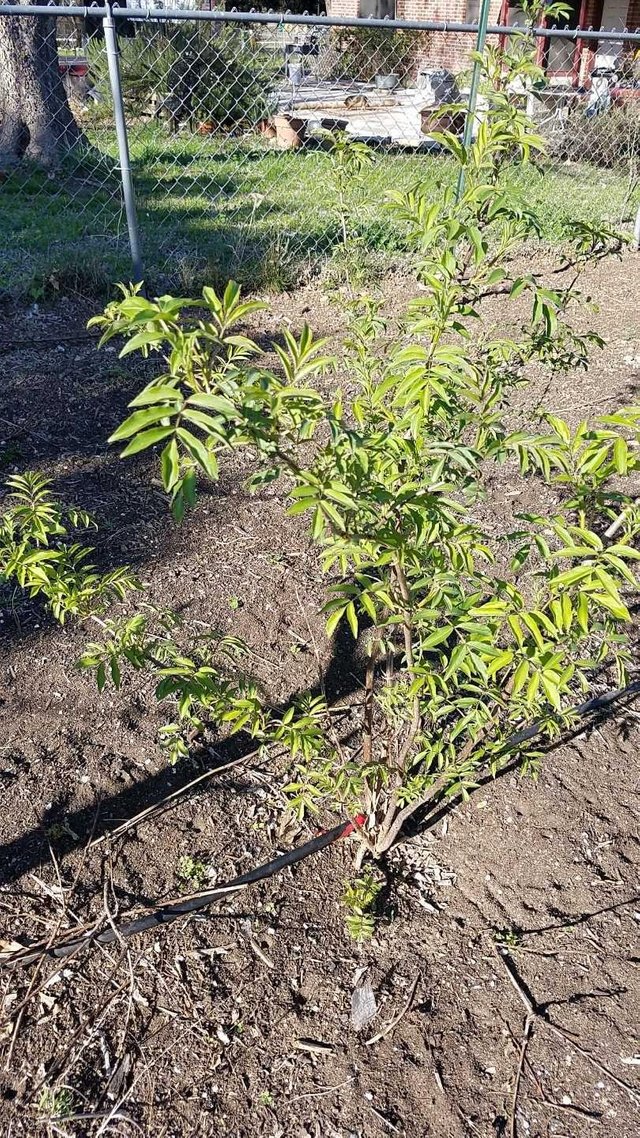
Several varieties of elderberry too!
I was nervous about the elderberry not making it, because they have medium to higher water needs here.
However, we are fans of Sepp Holzer's philosophy of not babying our plants, and instead planting MORE than we expect will survive.
This favors the strongest, most hardy plants for our unique environment.
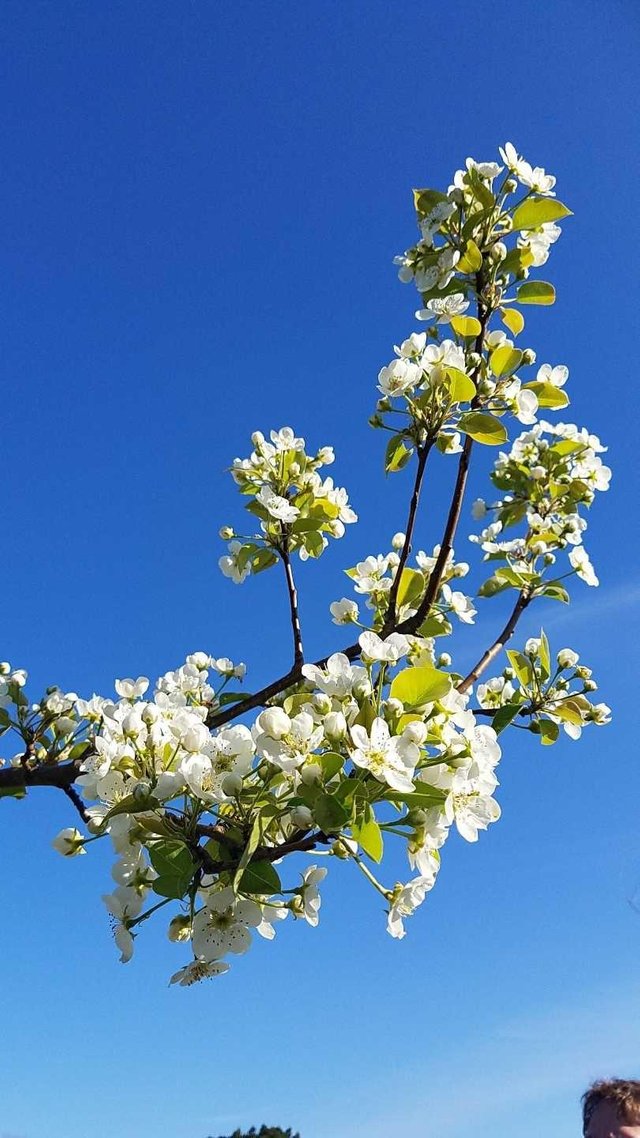
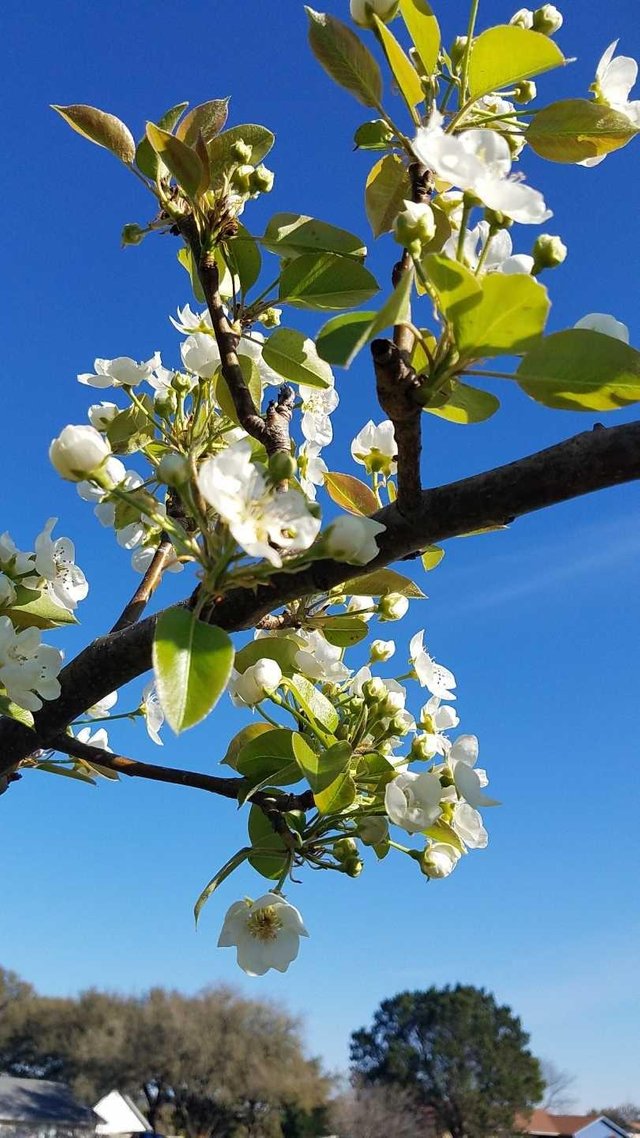
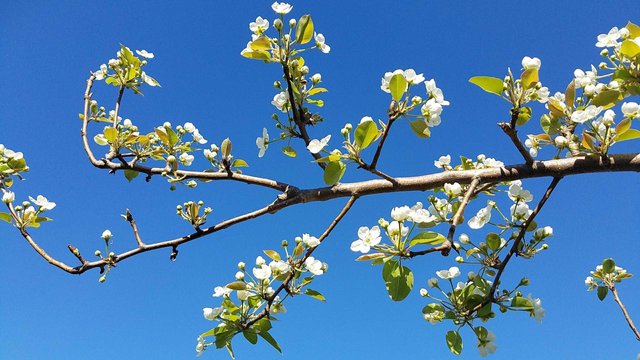
Gorgeous kieffer pear is in flower. This tree belongs to my son, because it was planted on the spot where we buried his placenta.
My son is 8 years old now, and he was born in our old apartment--my first homebirth. We froze and saved the placenta to be buried once we had land to call home.
Placenta is extremely nitrogen-rich, and must be buried at least 6 months prior to planting a tender young tree over top of it, because otherwise the roots may be burned badly enough by all that "fertilizer" to kill it--!
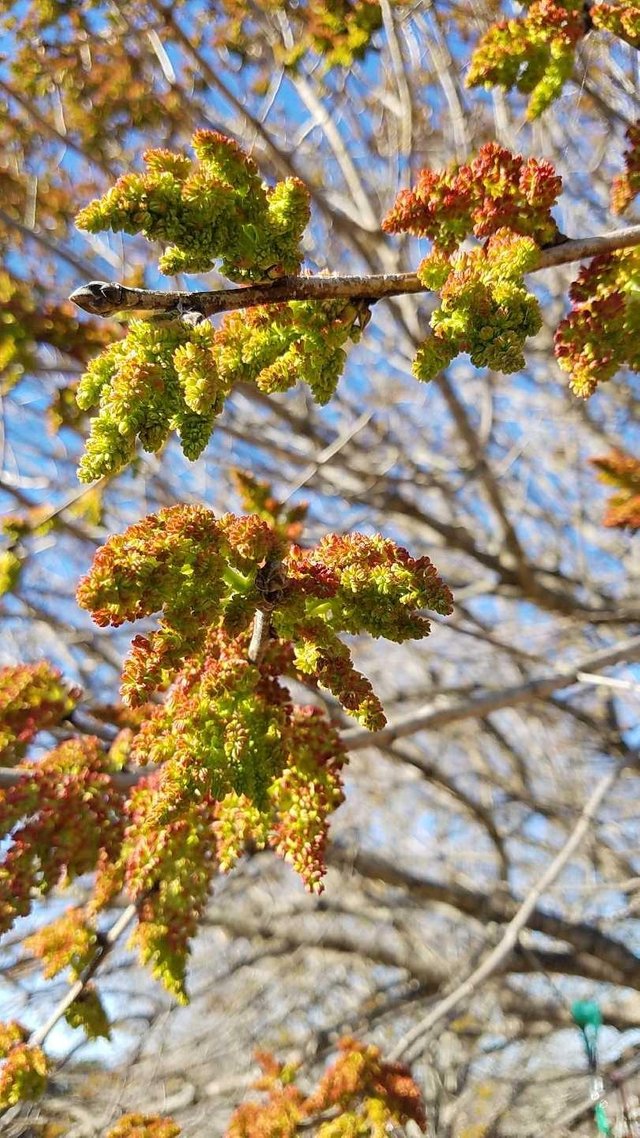
This is the Chinese pistachio in our yard. We have two, and most unfortunately they are only ornamental. We mulched the crap outta this one last Fall, and it looks waaaay better than the other.
It kept its leaves longer and is leafing out sooner than its sister tree.
MULCH IS MAGICK!
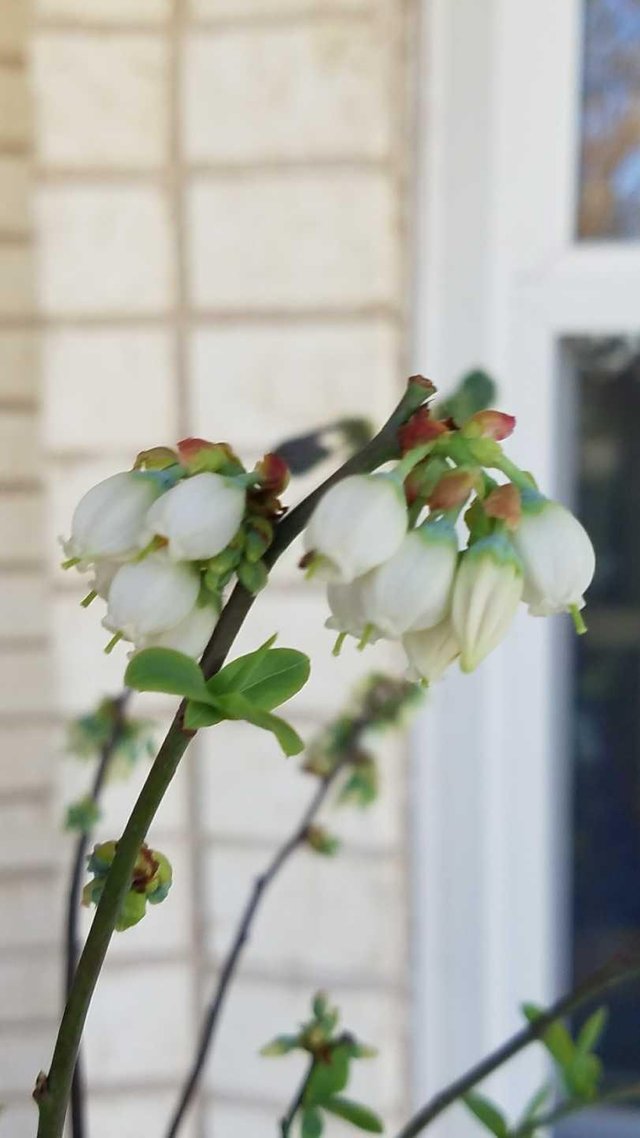
We're being ambitious here. Blueberries.
They usually prefer very acidic soil, so we're trying them in giant planters, with bat guano, mycorrhizae, worm castings, and soil from the Louisiana pine forests hauled in (from a trip to visit a friend!).
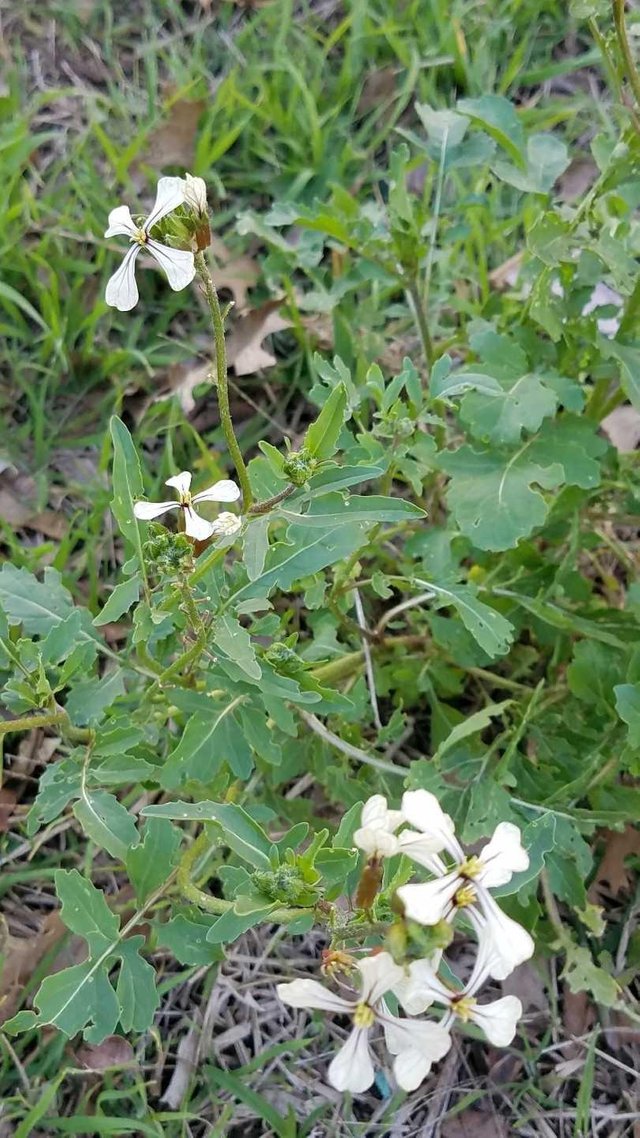
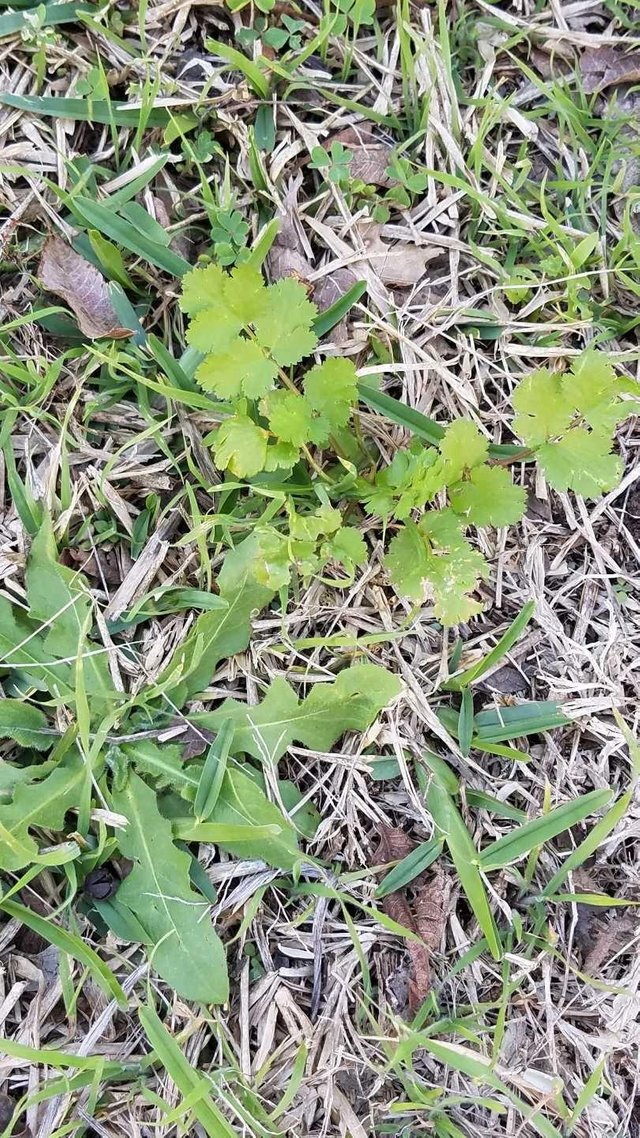
We always let some plants go to seed, so slowly we are estsblishing arugula and cilantro groundcovers next to the grass!
Cilantro forests are the best when you love salsa like we do.
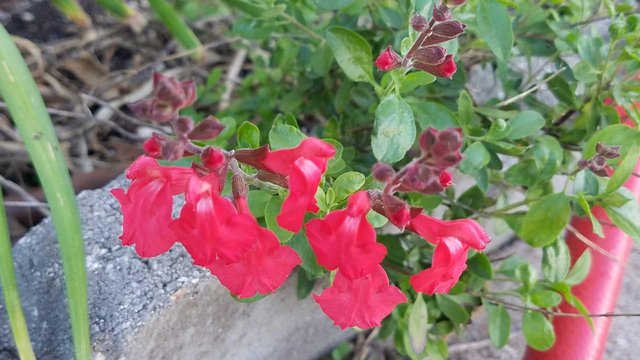
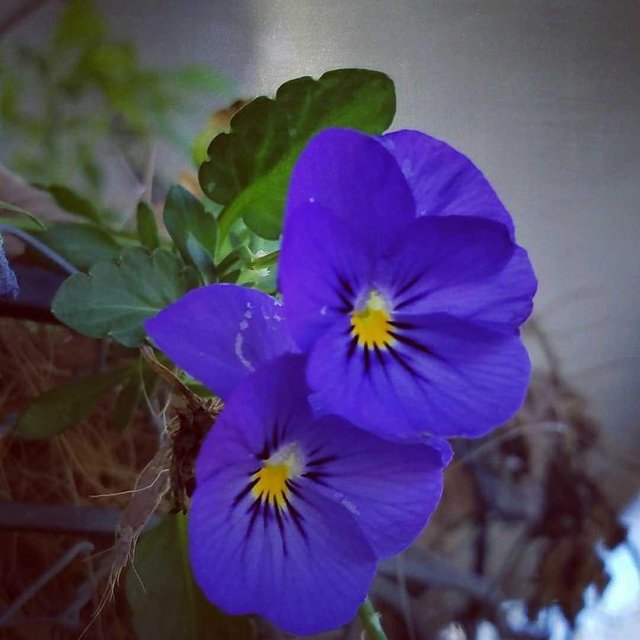
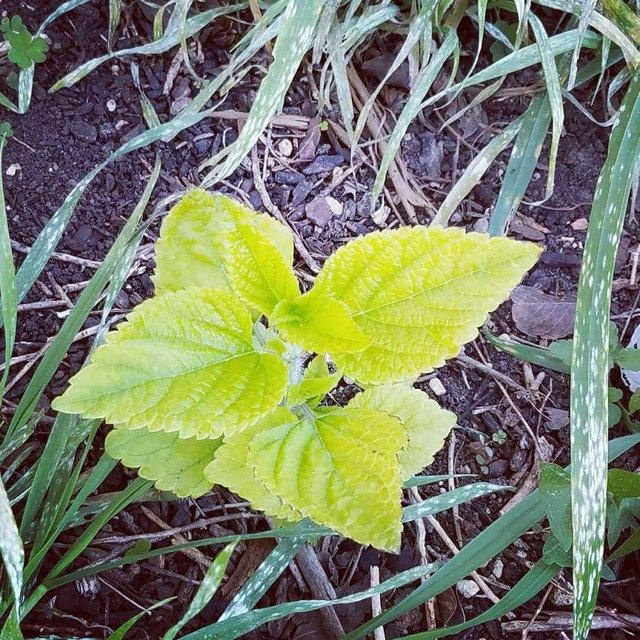
Red sage, primulas, and big blue sage coming back from the roots (yay!).
Lots of flowers provide forage for our bees. We've had our hive almost a year now, and I'm happy to say that they've thrived thru their first winter.
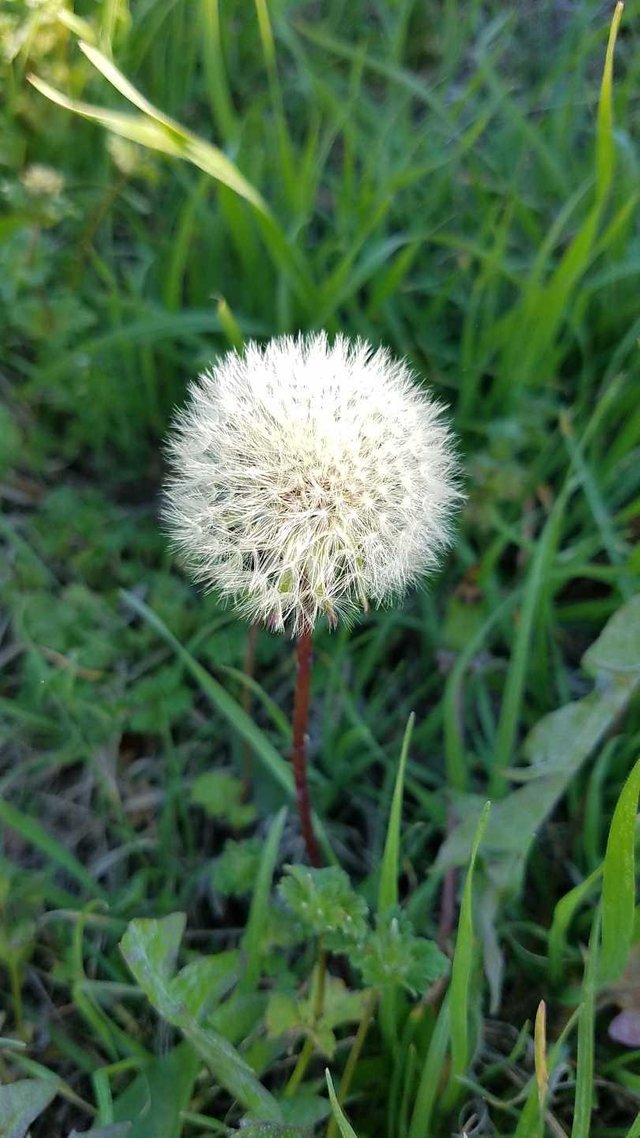
Food is free, and everywhere. Make a wish!
wow!!! beautiful!!!!!! please keep the posts coming!!!!!!!! our little one un-schools in our food forest also!!! pure JOY!
Thanks @rawutah! I think kids who grow up outside, living permaculture mindset and practices, are getting a real new paradigm education...so far beyond the scraps that "school" has to offer.
Welcome to steemit! If you are ever looking for a group, actually a community, of homesteaders/gardeners/self-sufficient like-minded people, I am the moderator of a group here... also the "un"official ambassador to the group.
let me know and I can post an invite link here for you!
Yes plz! And thanks! I hadn't realized there were groups here..
Join Link: https://discord.gg/VKCrWsS it is actually on Discord but MOST steemians are on there.
The main chat area is the Front Porch, plus there's a Welcome Channel and Newbie steemit channel.
Any questions you have, feel free to ask. Someone is always in the main chat area
Beautiful photos. That sounds like garden of eden. All you need is the tree of knowledge :D
Beautiful photos and flowers! I think your approach is very smart. My mentors did the same approach with their food forest by focusing more on trees than the lower layers of the guild first because trees take so much longer to establish. But at the same time they are seeding a general pasture mix below the trees.